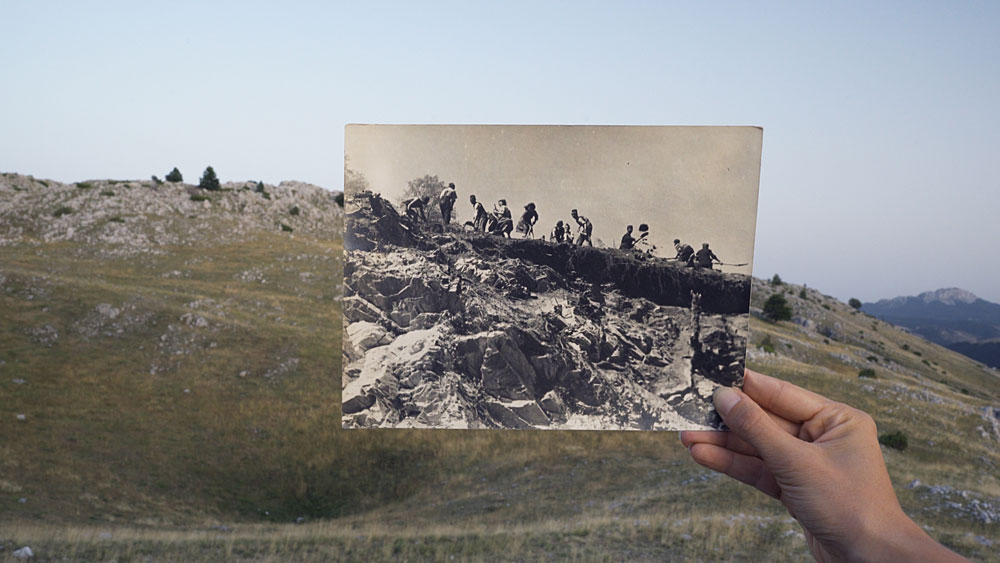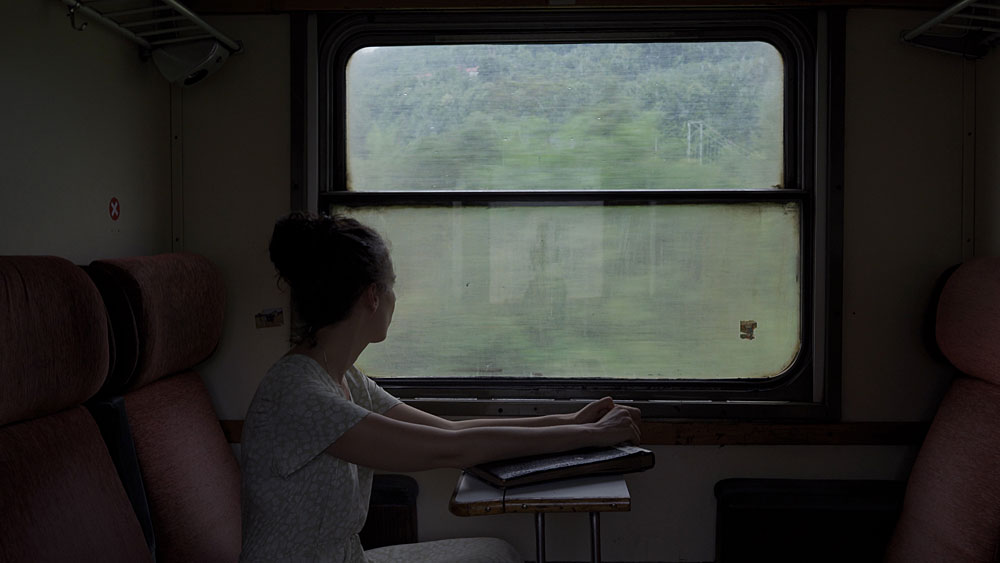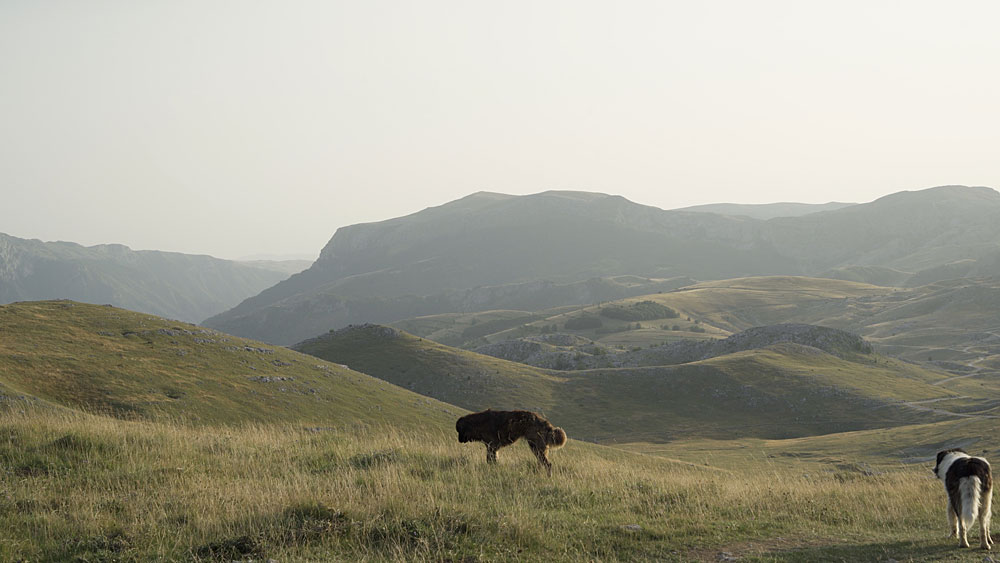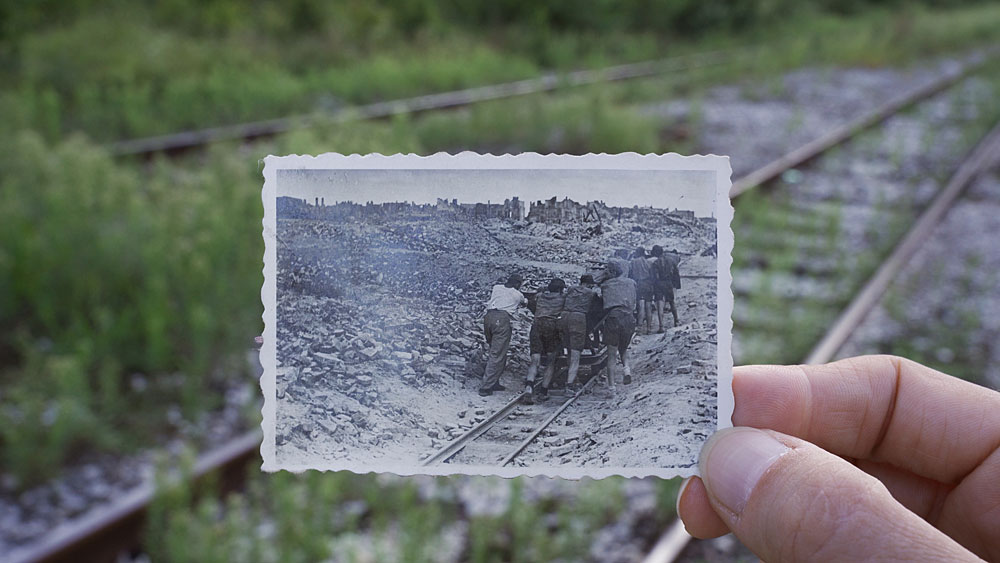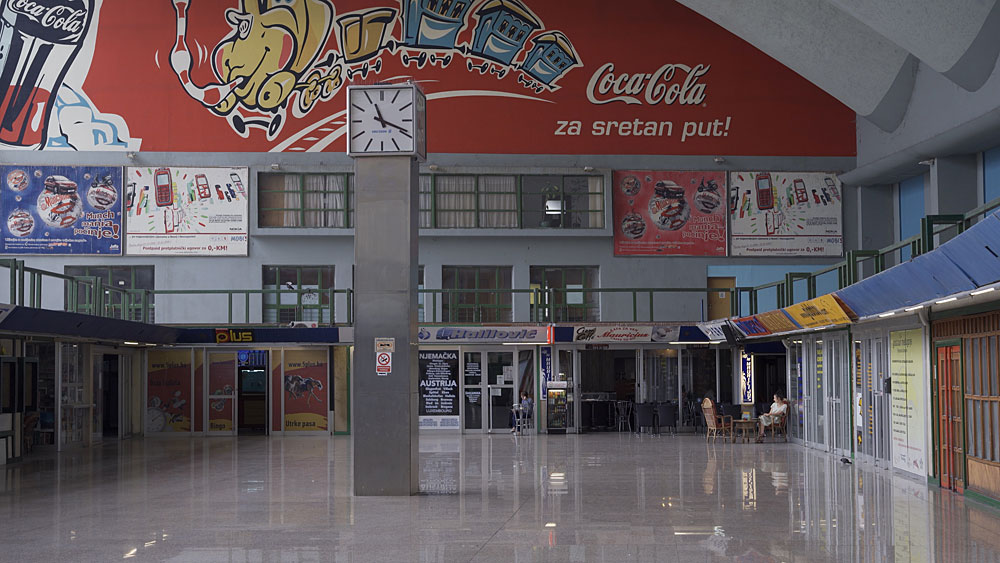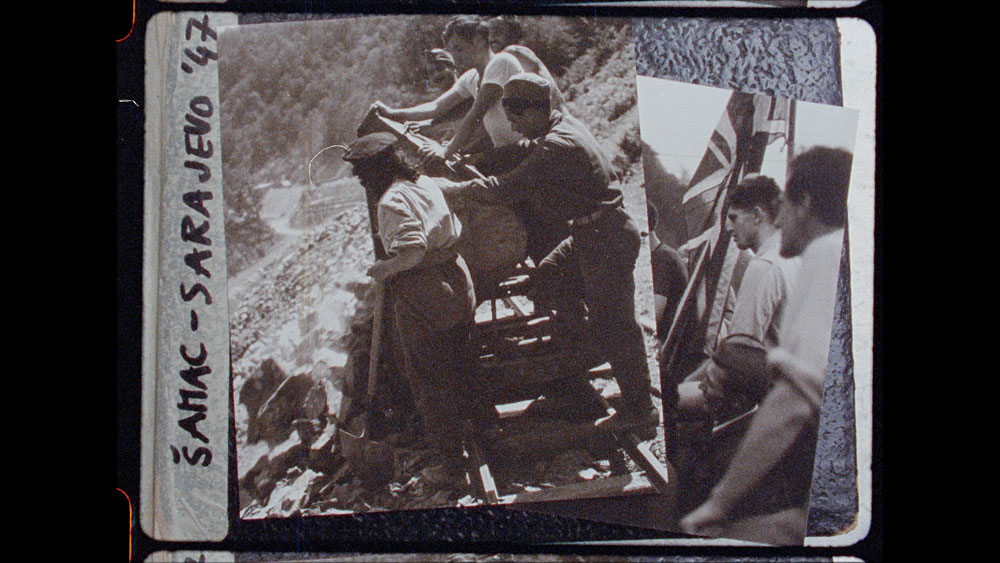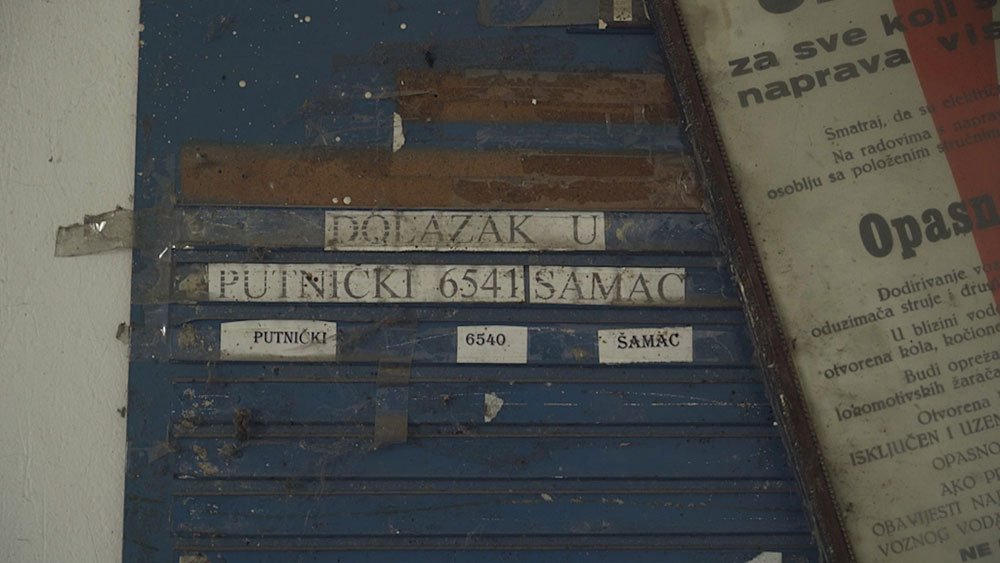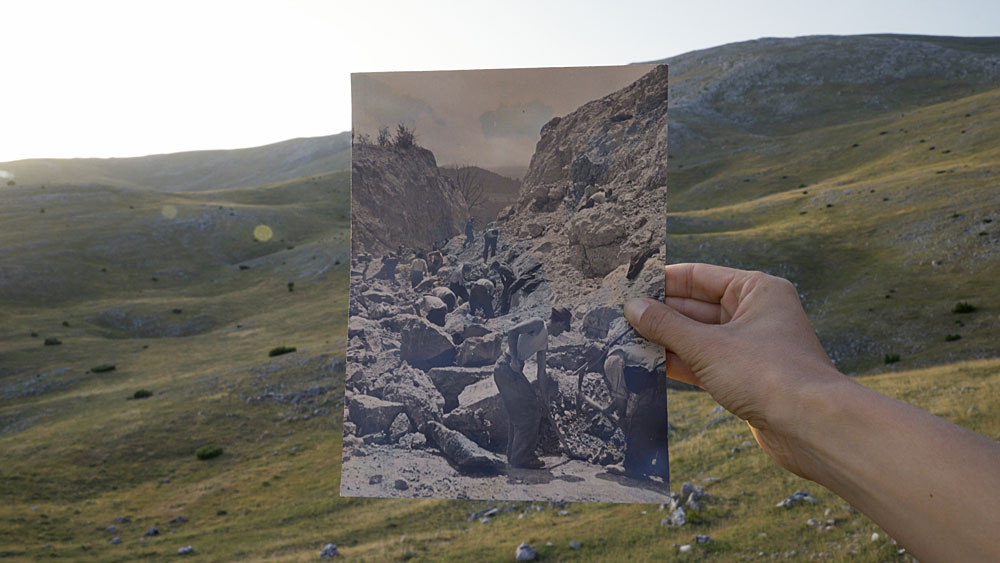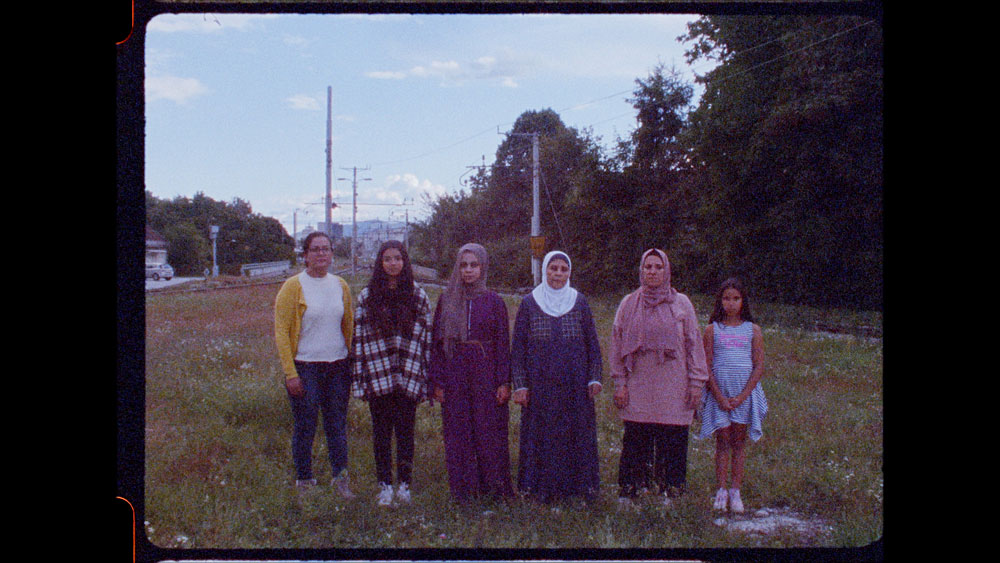Youth work actions were an inseparable part of socialist Yugoslavia. Through voluntary work, thousands of young brigadiers, both men and women, have contributed towards developing the country and the realisation of key infrastructure projects such as motorways, railways, bridges, tunnels, factories, residential buildings, schools, hospitals, and parks. One of these projects was the Šamac–Sarajevo railway, built in 1947 in a mere seven months. Young people from Yugoslavia were joined by a number of brigadiers from Italy, Great Britain, Greece, France, Denmark, Sweden, Palestine, and so on.
During the war in the nineties, the railway was damaged. The later Dayton Agreement cut it in two while its vital parts were privatised. The last train on the Šamac–Sarajevo line pulled out in 2011. Today, the rails are often used by people on their way to a better future.
Newsreel 242 – Sunny Railways Obzornik 242 – Sunčane pruge
Photos
What's On
On the Adamant Sur l’Adamant
Nicolas Philibert
Wednesday, 16. 04. 2025 / 15:00 / Main Hall
French documentary film maker Nicolas Philbert takes us on an unusual ship, used as a day-care centre for adults with mental disabilities. Surrounded by incredibly talented people with sparkling personalities, we can contemplate community, freedom and the importance of art in everyday life. The warm and subtle film that breaks downs the boundaries between ‘us’ and ‘them’ won the Golden Bear at the Berlinale.
No Other Land No Other Land
Basel Adra, Hamdan Ballal, Yuval Abraham, Rachel Szor
Wednesday, 16. 04. 2025 / 16:30 / Small Hall
Palestinian activist Basel Adra has been documenting for years how Israeli occupiers destroy villages in his home region of Masafer Yatta. While fighting to preserve his community, he forms an unexpected alliance with Israeli journalist Yuval Abraham…
The Other Way Around Volveréis
Jonás Trueba
Wednesday, 16. 04. 2025 / 17:30 / Main Hall
Is a “good” breakup possible? Spanish director Jonás Trueba’s film is a playful and witty nod to the classic remarriage comedies of the 1930s and 1940s, showing that separation can hold just as much love and hope as a reunion.
